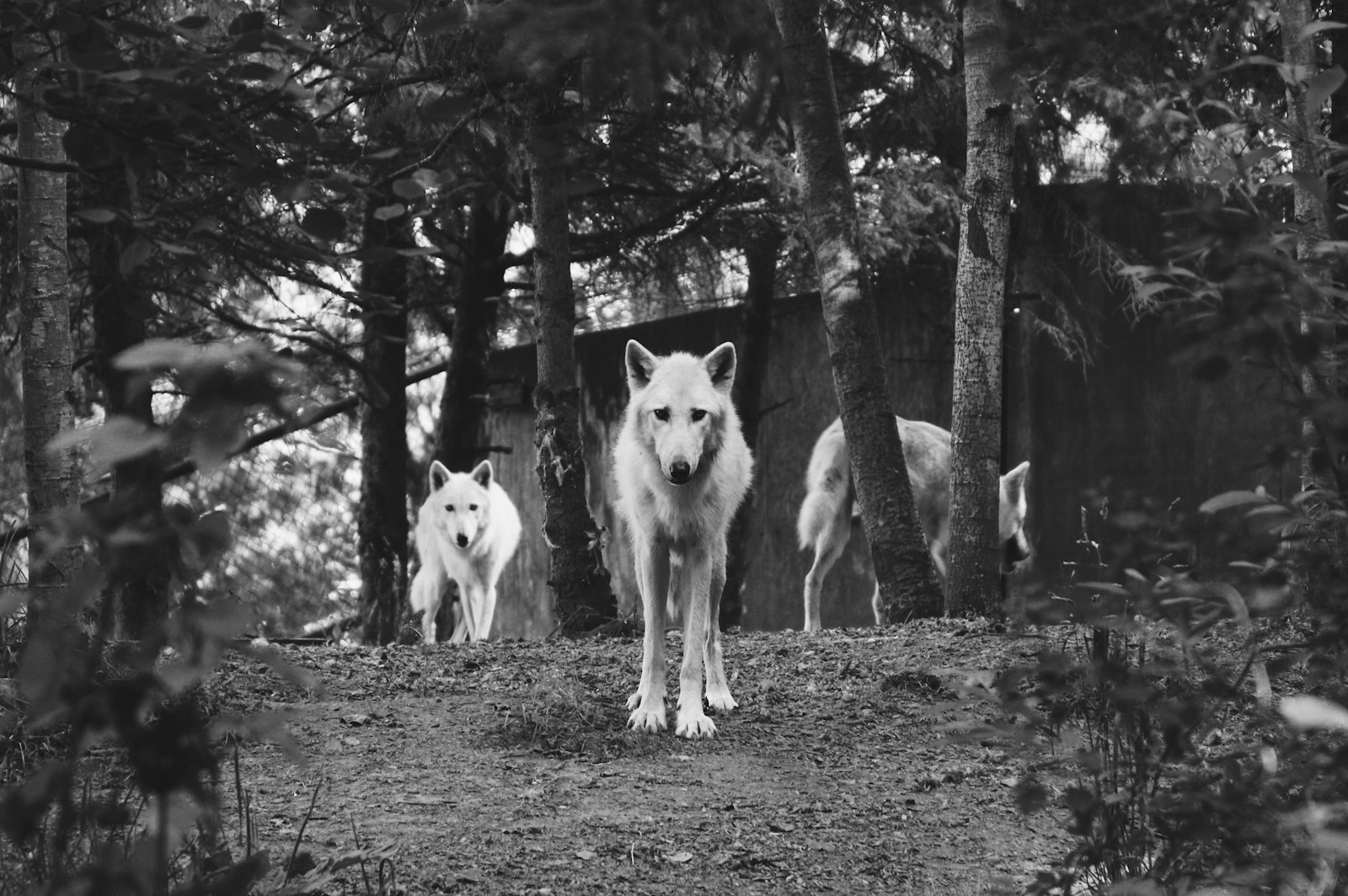When venturing into wolf territory, knowing the telltale signs of wolf presence could be crucial for both your safety and for respectful wildlife observation. Wolves, as apex predators, leave distinctive markers of their activities that the trained eye can detect. Understanding these warning signs not only helps in avoiding unwanted encounters but also provides valuable insights into the fascinating world of wolf behavior and ecology. Whether you’re a hiker, camper, wildlife enthusiast, or simply someone living in wolf country, this guide will equip you with the knowledge to recognize when wolves may be in your vicinity.
Fresh Tracks and Paw Prints
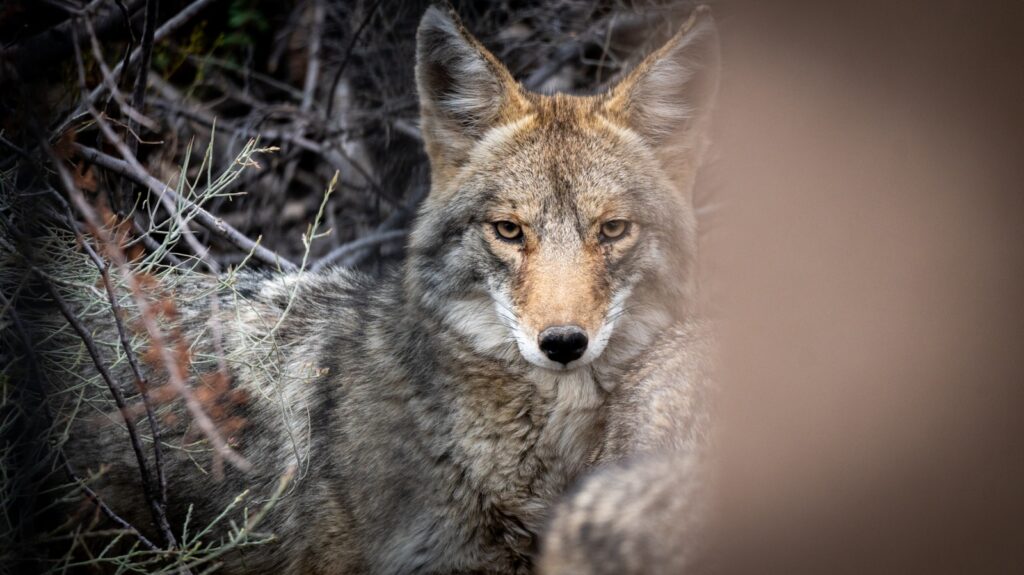
Wolf tracks are one of the most reliable indicators that a pack is operating in the area. Unlike dog prints, wolf paw prints are typically larger, measuring about 4-5 inches long by 3-4 inches wide, with the front paw prints being larger than the hind ones. The distinctive oval shape with four toe pads and a heel pad arranged in a somewhat symmetrical pattern differentiates wolf prints from those of other canids. Wolf tracks often appear in a relatively straight line, as wolves typically move in an energy-efficient direct path, placing their hind feet in the impressions made by their front feet—a movement pattern called “direct register.” In fresh snow or mud, you might also notice the imprints of their claws, which are less prominent than those of dogs but still visible upon close inspection.
Wolf Scat (Droppings)
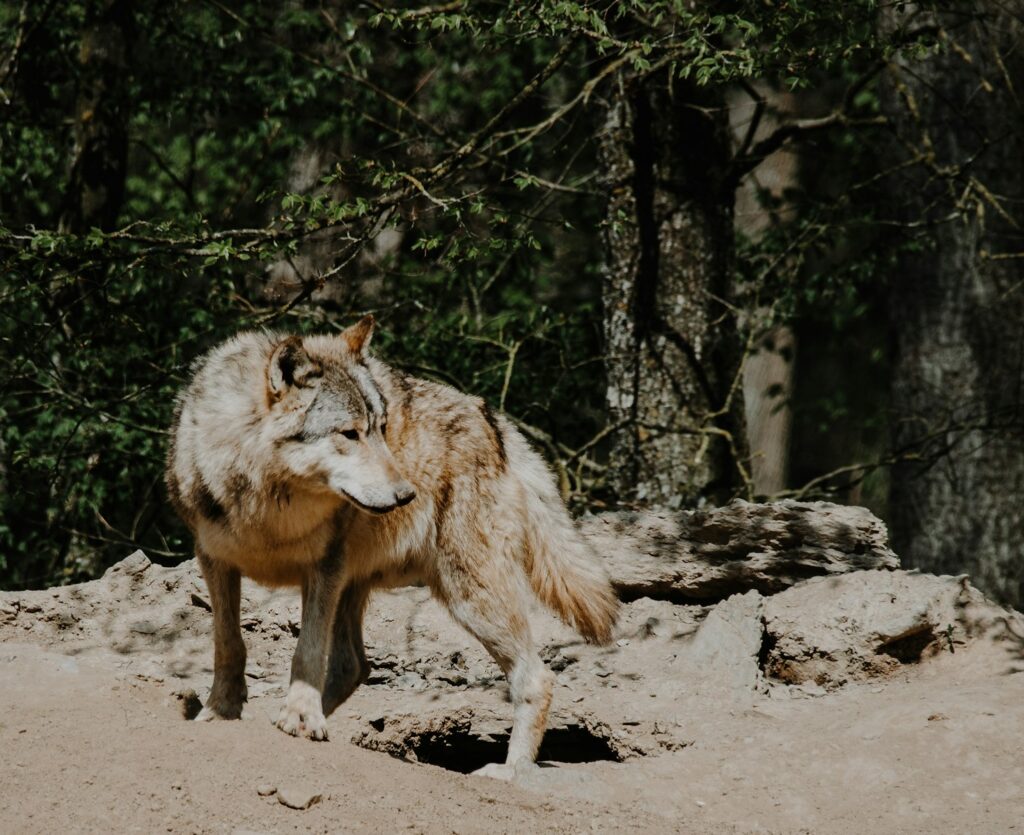
Wolf scat is another reliable indicator of wolf presence and is distinctively different from that of other animals. These droppings are typically tubular, segmented, and about 1-1.5 inches in diameter, often containing large amounts of hair, bone fragments, and sometimes plant material, reflecting their carnivorous diet. Fresh scat will appear dark and moist, while older droppings turn gray or white as they dry out and weather. Wolves commonly defecate along trails, near kills, or at territory boundaries as a form of communication with other wolves and predators. The location of scat deposits is not random; wolves use them strategically for territorial marking, often placing them in prominent locations like trail intersections or elevated spots where their scent can disperse effectively.
Howling and Vocalizations
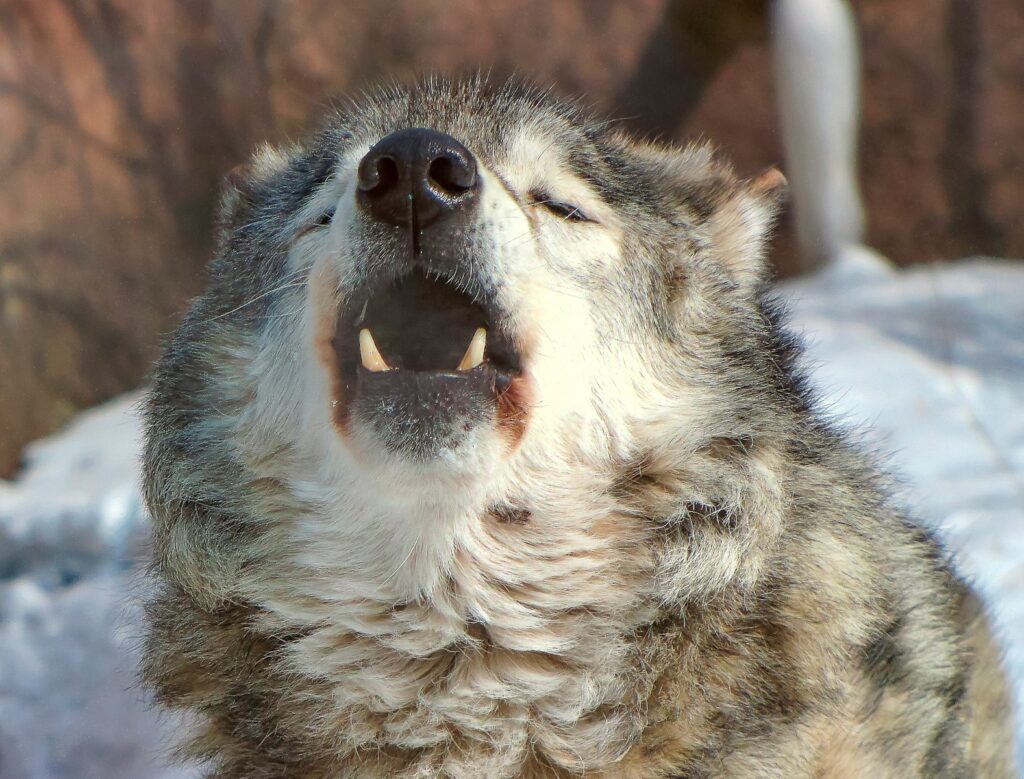
Perhaps the most iconic sign of wolves, howling serves multiple social functions within the pack and can be heard over great distances, especially in the stillness of dawn or dusk. A wolf’s howl is a long, mournful sound that rises and falls in pitch, distinguishable from a coyote’s higher-pitched, yapping calls. Packs often howl together in chorus, creating a complex symphony that can make a few wolves sound like many more—a phenomenon biologists call the “beau geste effect.” Beyond the familiar howl, wolves use a diverse vocabulary including barks, whines, growls, and yips to communicate different messages ranging from alarm to submission or playfulness. If you hear these vocalizations, particularly a chorus of howls, it’s a strong indication that a wolf pack is not only nearby but actively communicating.
Kill Sites and Carcasses
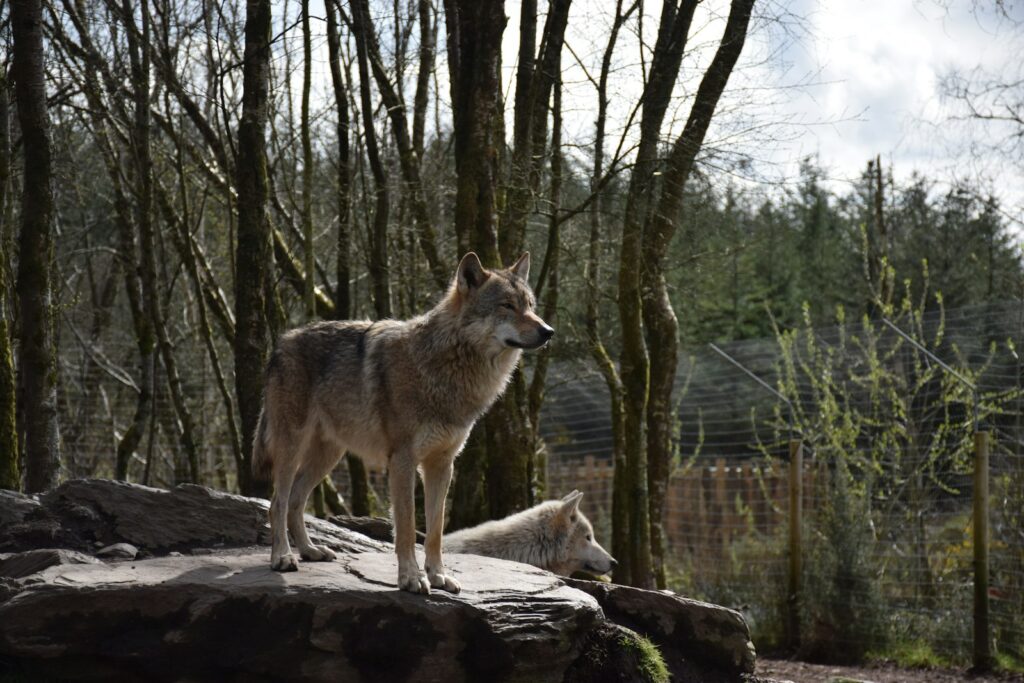
Discovering a large animal carcass that has been extensively fed upon can indicate recent wolf activity in the area. Wolf kills differ from those of other predators in several distinctive ways. They typically target the rump, flanks, and ends of the ribs first, consuming large amounts of muscle tissue while often leaving much of the hide intact. Unlike mountain lions, which tend to cover their kills with debris, wolves usually leave their kills exposed but will return to feed on them over several days. The surrounding area may show signs of struggle, with disturbed ground, blood trails, and scattered fur or feathers. Wolf kills are also characterized by large, crushed bones—evidence of the tremendous jaw strength these predators possess, allowing them to crack open bones to access nutritious marrow.
Territorial Marking
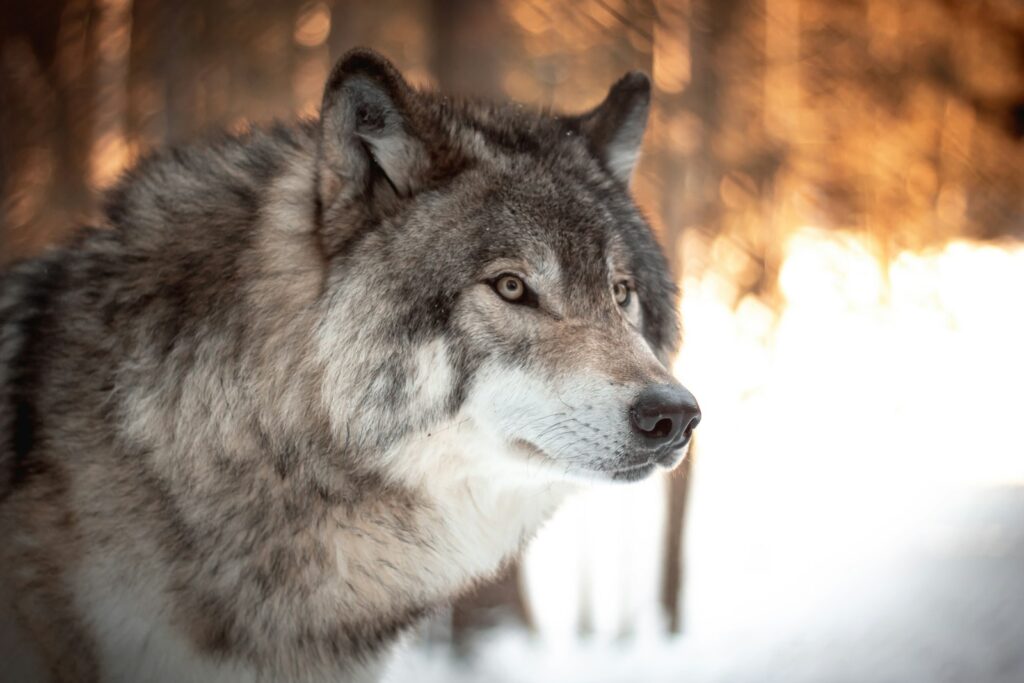
Wolves are highly territorial animals that use various methods to mark and defend their territory against intruding wolves. The most common form of territorial marking is urine scent marking, where wolves, particularly dominant individuals, urinate on prominent objects in the landscape such as trees, rocks, bushes, or fallen logs. These scent posts serve as olfactory signposts that communicate information about the marking animal’s identity, reproductive status, and when they passed through the area. Another form of territorial marking is ground scratching, where wolves use their paws to scrape the ground surface, combining visual cues with scent from foot glands. Fresh territorial markings with strong odors suggest that wolves have recently passed through and consider the area part of their territory.
Den Sites and Rendezvous Areas
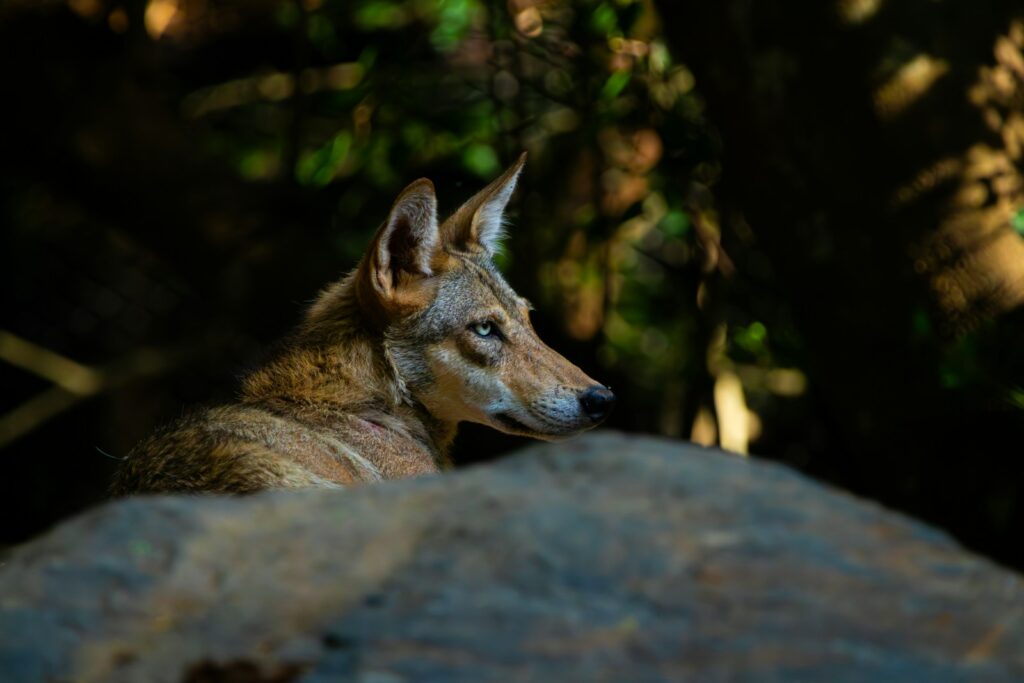
During the breeding season, usually in spring, wolf packs establish denning sites for raising pups, which can be a significant indicator of an established wolf presence. Wolf dens can be dug into hillsides, banks, or under fallen trees, featuring entrances typically 1-2 feet in diameter with considerable excavated soil around the opening. Later in summer, wolves transition to “rendezvous sites”—open areas where pups are left while adults hunt, identifiable by numerous beds in the vegetation, trampled grass, and abundant scat. These sites often show evidence of play activity among pups, including chewed sticks and bones scattered throughout the area. The discovery of either dens or rendezvous sites indicates not just wolf presence but established residency and breeding activity, suggesting you’ve entered the core of a pack’s territory.
Visual Sightings and Trail Camera Captures
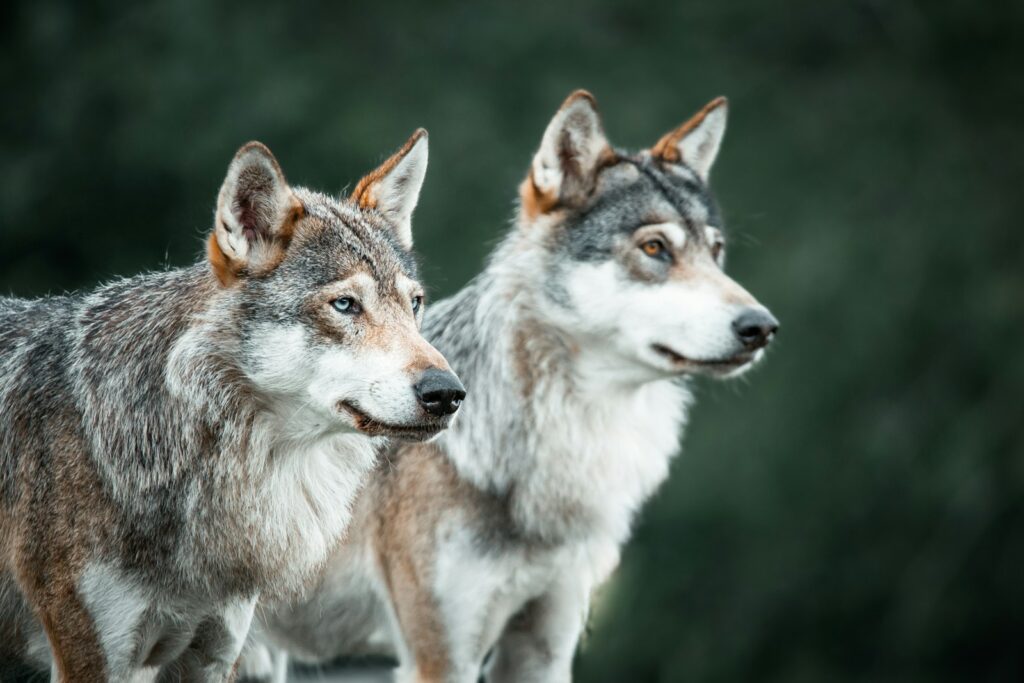
Direct visual confirmation is the most definitive sign of wolf presence, though wolves are typically wary of humans and difficult to spot. Wolves are larger than coyotes, standing about 26-32 inches at the shoulder, with adult gray wolves weighing between 60-120 pounds, while their coats range from gray to black, brown, white, or mottled combinations. When observed from a distance, wolves move with a smooth, energy-efficient gait and carry their tails straight rather than curled like many dogs. Trail cameras have become valuable tools for documenting wolf presence, often capturing images of wolves traveling along game trails or forest roads, particularly during their more active dawn and dusk periods. Multiple wolves captured on camera in the same area over time strongly indicates the presence of a resident pack rather than just dispersing individuals passing through.
Prey Animal Behavior
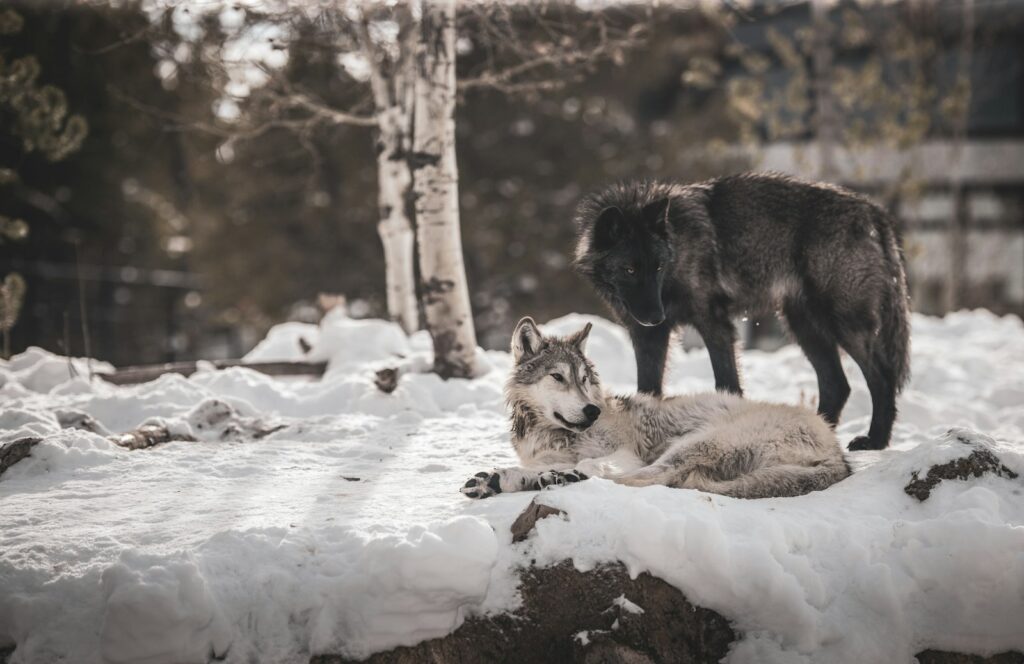
The behavior of prey species can offer subtle but telling signs of wolf presence in an area. Deer, elk, and other ungulates tend to become more vigilant, spending less time feeding and more time scanning their surroundings when wolves are active nearby. You might notice prey animals gathering in larger groups for safety, preferring open areas where they can spot approaching predators, or moving to higher ground for better visibility. Listen for alarm calls from birds and mammals, which often vocalize distinctively when predators are detected. The distribution of prey animals may also shift, with certain areas becoming notably vacant as prey species alter their movement patterns to avoid wolf hunting grounds—a phenomenon ecologists call a “landscape of fear” where prey behavior is shaped by predation risk rather than just resource availability.
Bite Marks on Trees and Vegetation
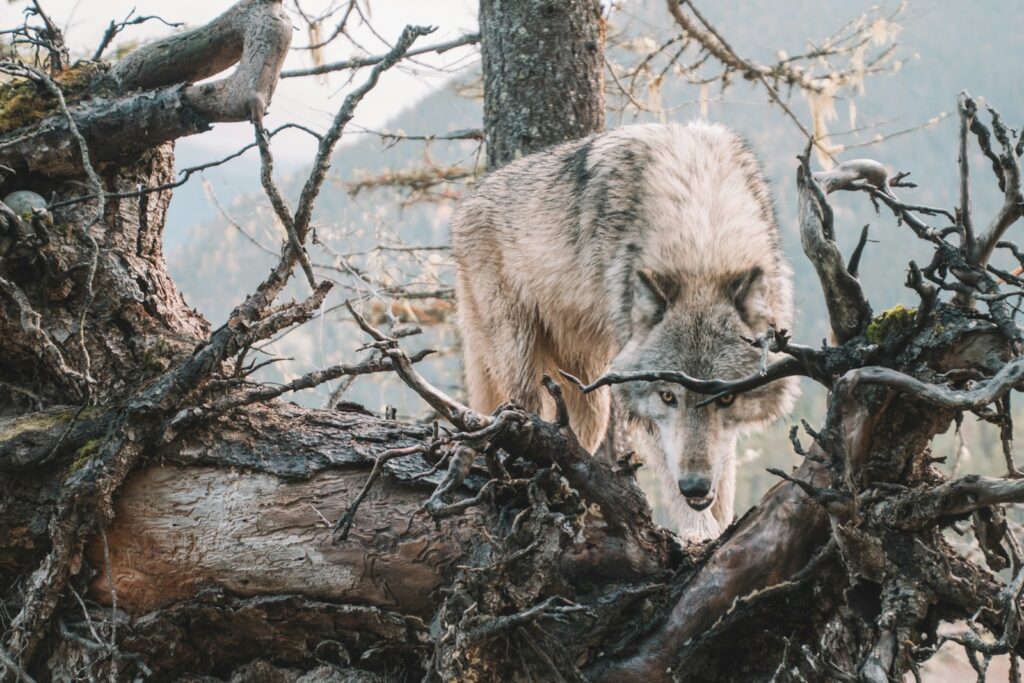
Wolves occasionally leave distinctive bite marks on trees and woody vegetation that differ from those made by other wildlife. These bite marks typically appear as stripped bark or splintered branches at heights consistent with an adult wolf’s jaw level, roughly 2-3 feet above the ground. Unlike the clean-cut appearance of beaver activity or the browsing signs of ungulates, wolf bite marks show tearing and crushing damage from powerful canine teeth. Young wolves, in particular, may engage in this behavior during play or out of curiosity, leaving behind evidence of their explorations. These marks are more commonly found near denning sites or rendezvous areas where wolves spend extended periods, and fresh bite marks with visible sap or moist exposed wood indicate recent activity.
Hair Samples and Rub Sites
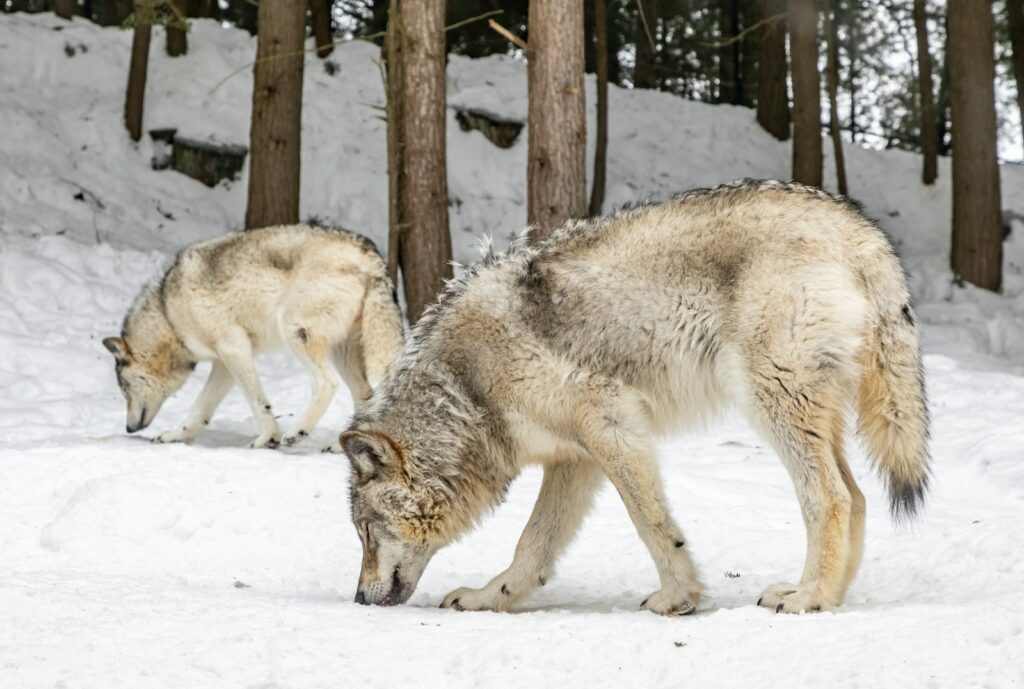
Wolves, like many mammals, occasionally rub against trees, rocks, or other objects, leaving behind hair samples that can indicate their presence. Wolf hair is typically coarser and longer than dog hair, with a distinctive dual-layer coat consisting of guard hairs and a dense undercoat that varies in color from light gray or tan to black or white. These hairs may be found caught on rough bark, fencing, or barbed wire at roughly shoulder height for a wolf. Biologists often set up intentional hair snares using scented lures to collect genetic samples, but natural rub sites can be found as well, particularly around territorial boundaries or frequently used travel corridors. Fresh hair samples with attached follicles indicate very recent presence and can even be used for DNA analysis to identify individual wolves or packs.
Unusual Domestic Animal Behavior
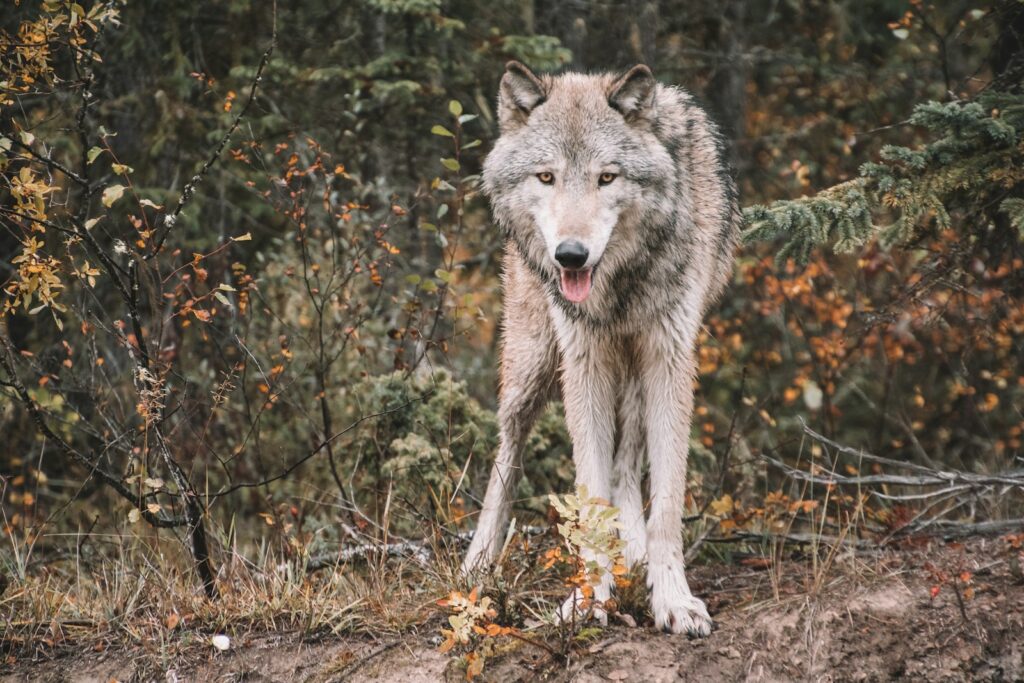
If you’re traveling with dogs or encounter livestock in wolf country, their behavior may alert you to wolf presence before you notice other signs. Dogs often become noticeably agitated, with raised hackles, intense sniffing, and either unusual aggression or fearfulness when they detect wolf scent or hear wolf vocalizations nearby. Livestock such as cattle or sheep may bunch together defensively, refuse to enter certain pastures, or show signs of anxiety such as decreased feeding and increased vigilance. Working dogs with guardian responsibilities may position themselves between potential threats and their charges, while displaying heightened alertness and protective behaviors. In areas where wolves and domestic animals overlap, these behavioral changes can serve as an early warning system that wolves are operating in the vicinity.
Game Trails and Wolf Highways
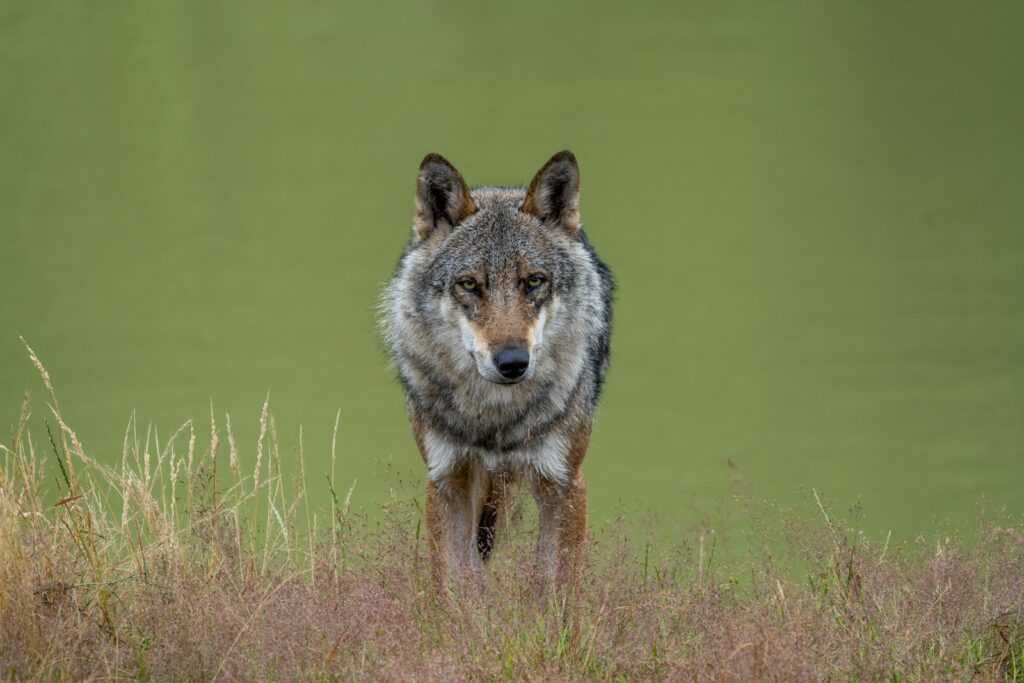
Wolves are efficient travelers that often create and maintain distinct trail systems through their territories, sometimes called “wolf highways.” These paths typically follow lines of least resistance through the landscape—ridgelines, valleys, frozen waterways in winter, or game trails that have been widened through regular use. Wolf trails differ from human paths or random game trails in their directness and the evidence of regular use by multiple animals, often showing well-worn paths even through dense vegetation. Along these routes, you’re likely to find multiple signs of wolf presence concentrated together, including tracks, scat, and scent markings. These wolf highways connect important habitat features like hunting grounds, water sources, and denning areas, and typically follow optimal travel routes that balance energy efficiency with good visibility for hunting opportunities.
Changes in Local Wildlife Populations
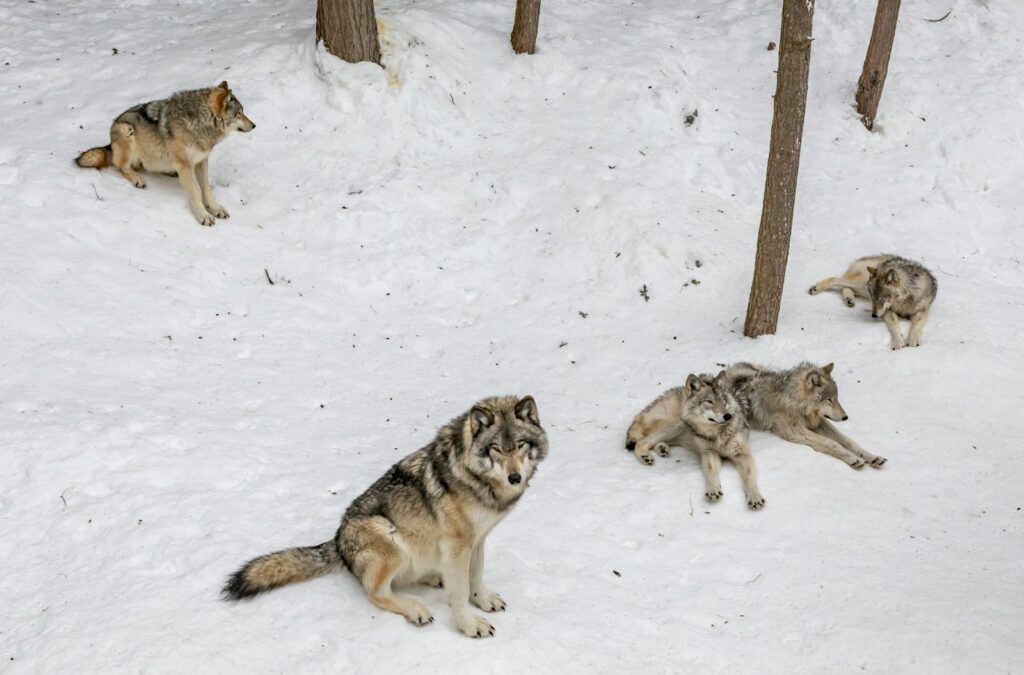
The presence of a wolf pack inevitably reshapes the ecological community, creating ripple effects that can be observed by attentive wilderness visitors. You might notice shifts in ungulate population density, with prey animals becoming less concentrated and more vigilant in areas of wolf activity. Carcass scavengers like ravens, magpies, eagles, and coyotes may become more numerous in areas with established wolf packs, as they benefit from the remains of wolf kills. Some smaller predators like coyotes may become less visible as they modify their behavior to avoid competition with wolves or direct predation. Vegetation patterns can even change over time in areas with established wolf presence, as browsing pressure from prey animals shifts in response to predation risk—a trophic cascade effect that has been well-documented in places like Yellowstone National Park where wolves were reintroduced after long absences.
Understanding the warning signs of wolf presence enhances both safety and appreciation for these remarkable predators. While seeing these signs doesn’t necessarily mean wolves pose an immediate danger—they typically avoid human contact—it does warrant increased awareness. For wildlife enthusiasts, recognizing these indicators offers a deeper connection to the wilderness and its processes. Remember that wolves play vital ecological roles, and encountering evidence of their presence is a privilege that comes with the responsibility of respectful distance and minimal disturbance. By learning to read the landscape for these subtle but telling signs, you’ll develop a richer understanding of the natural world and the complex relationships between predators, prey, and their shared environment.

